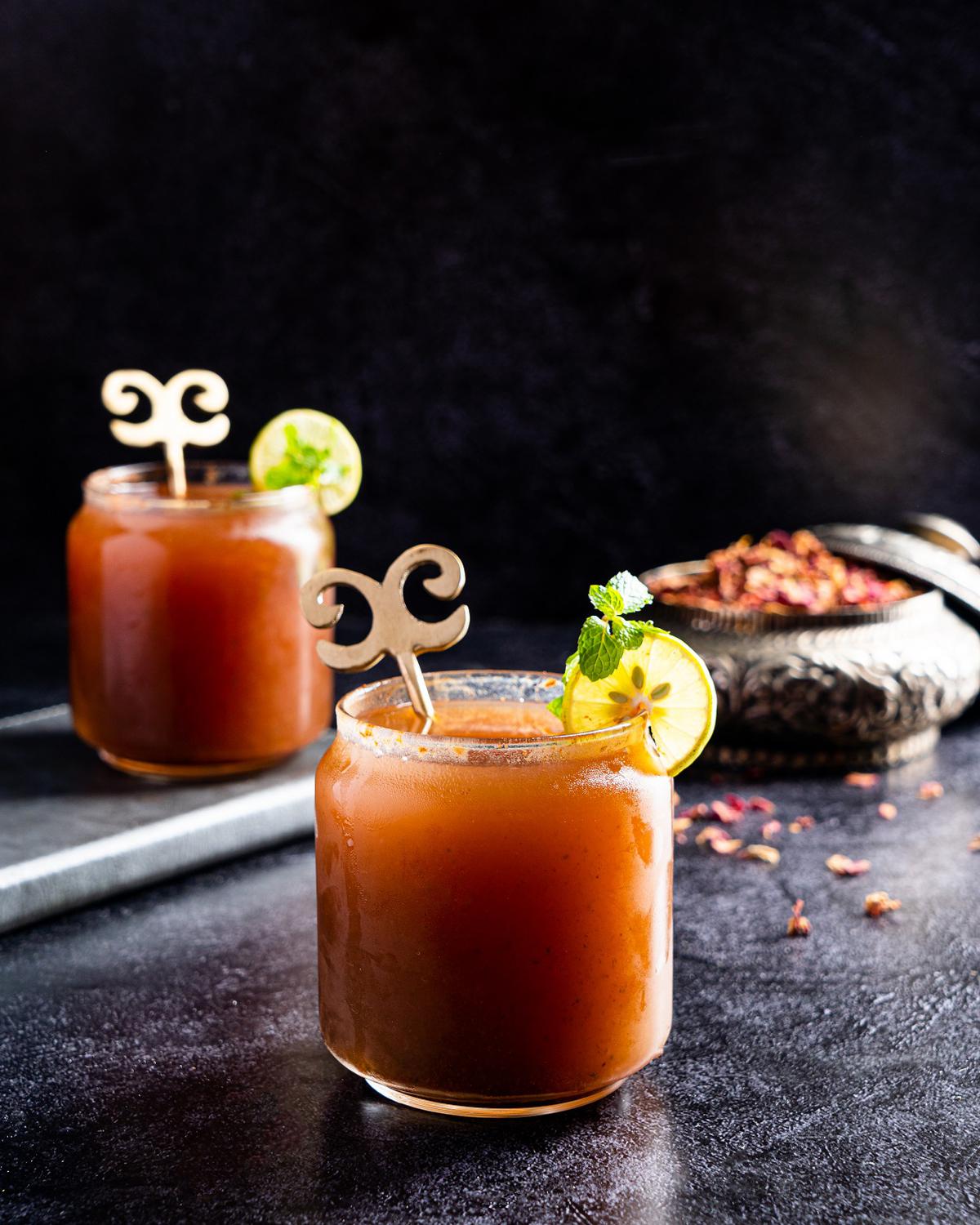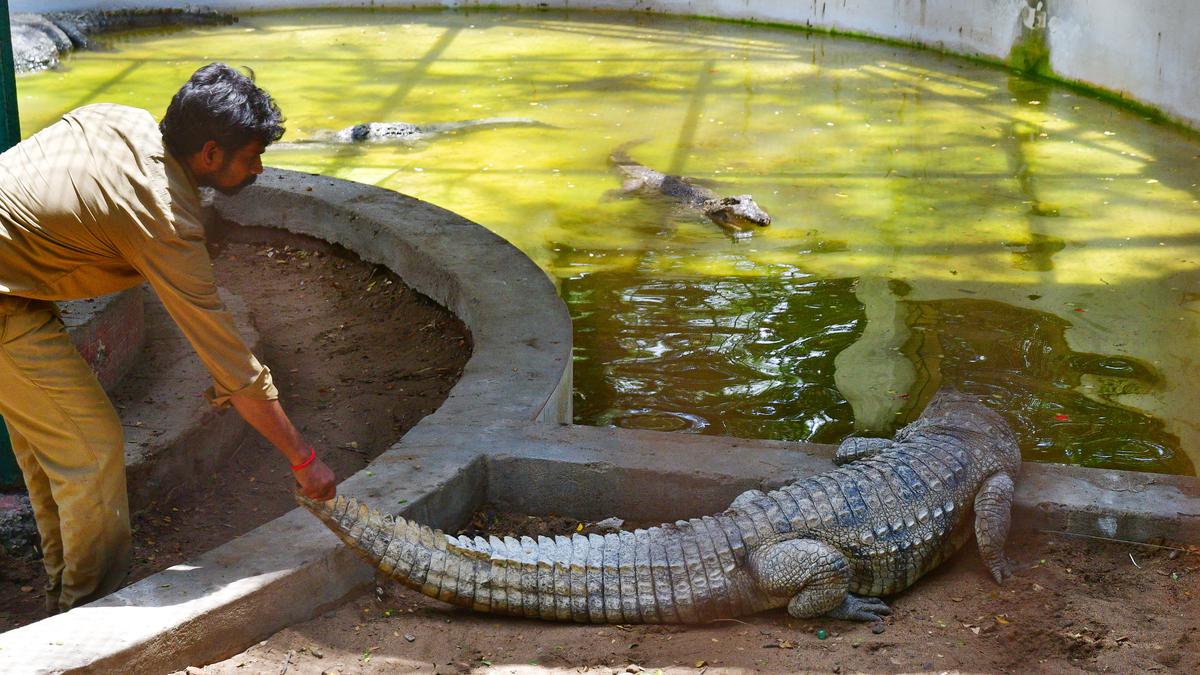Manikandan (centre) during a workshop
| Photo Credit: Special arrangement
Sometime in the 16th Century, a group of people from Bellary in Karnataka, migrated to Tamil Nadu. They brought with them something precious: their song and dance. “Devarattalu, their folk dance form, then spread across Tamil Nadu, eventually becoming devarattam,” says K Nellai Manikandan, who has been performing the dance form from the time he was ten years old. “It is essentially moving the body to the rhythms of the urumi, a percussion instrument,” he explains. Manikandan will be in the city on September 30 to hold a workshop on the dance form.
The 48-year-old, who lives in Chennai, is from Zamin Kodangipatti in Thoothukudi. He is now training children in schools and colleges in silambam and folk arts, and also teaches devarattam to theatre actors to incorporate its steps to help them move their body with fluidity on stage. Manikandan studied Folklore at the Government Music College in Chennai and travels across Tamil Nadu to popularise the dance form that was once on the brink of extinction.
Devarattam, which literally translates to ‘dance of the gods’, is closely associated with the everyday lives of the Kambalathu Naickers of Tamil Nadu. “They dance to the accompaniment of the urumi to celebrate births and other festive occasions in their lives,” explains Manikandan adding that near Salem, there is documentation of them dancing at a death ritual too. “The dance form is now popular because of the efforts of brothers Kumara Raman and Kannan Kumar who took it to other parts of the State around 1984,” he adds.
Until then, only a few people knew of its existence. “The brothers felt that the art form would flicker out if it was confined to just one community,” he says. It then found its way into theatre, thanks to actor Mu Ramaswamy. “Around 1986, he was working on Durgira Avalam, a Tamil adaptation of a Greek play, and was looking to add a new dimension to it,” recalls Manikandan. Ramasamy was introduced to devarattam by Thulasi Ramasamy who used to head the Department of Art and Culture, International Institute of Tamil Studies, Chennai.
Ramaswamy incorporated the movements of devarattam in his play, which was a huge hit. “People then took notice of it; they wondered what it was: It had elements of kathak and kuchipudi in the way the body swayed,” says Manikandan. And so the dance form gradually found its place in the sun.
Koothu-P-Pattarai Na Muthusamy sent actors from Chennai to Thoothukudi to learn the dance form. Research scholars visited the village to observe and document devarattam at its original setting. The art form then travelled to schools and colleges in Chennai thanks to the Madras Craft Foundation that held free demonstrations.
Devarattam is a group dance: a troupe consists of eight or 10 dances and two urumi players. “Although traditionally women did not participate, they now do,” points out Manikandan adding that women from his village dance with enthusiasm. “We now make it a point to train girls in colleges. For it is women who will pass on what they’ve learned to their children, showing the way for any art form to thrive,” he adds.
The workshop in the city is being organised by city-based paediatric dentist Dr Menaka Manickaraj’s Mei Chudar, an initiative to promote free speech and performing arts, in collaboration with Idam, a platform for artistes to showcase their skills, by Chennai-based Theatre Akku. The workshop will happen at Kaani Nilam, a performance space that has seen an eclectic mix of events such as a parai workshop, a Tamil play, and a drummers’ meet.
It is on September 30, 10am to 5pm at Kaani Nilam, Seethavanam Natural Farms, Thondamuthur. It is open to those aged 13 and above. The fee is ₹1500. For details, call 7338733988.





